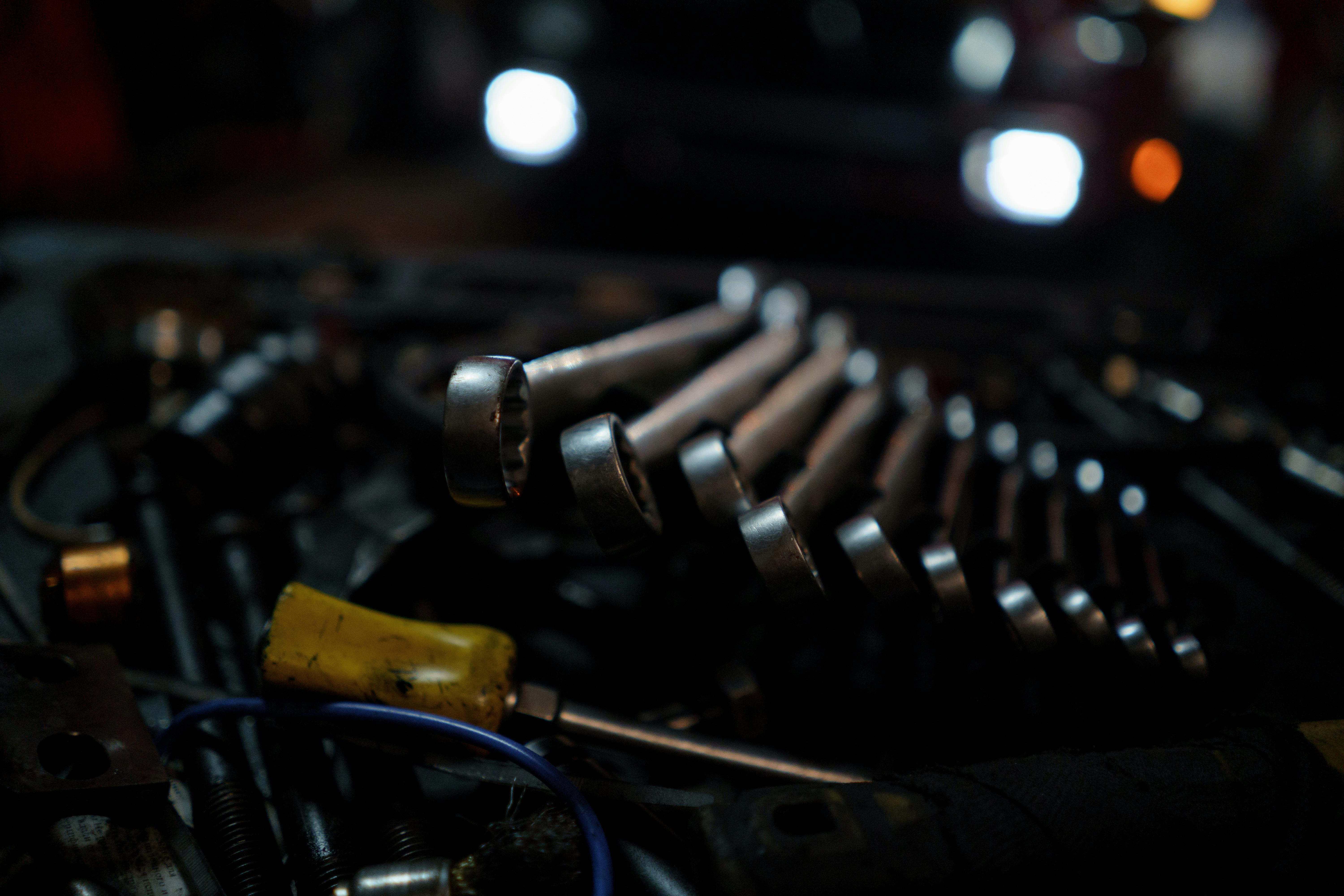How to Extract Up to 30% More Power from the 2.0T FSI Engine
The introduction of the 2.0T FSI engine on the market in 2005 excited many euro enthusiasts. Probably because its predecessor, the 1.8T engine, had a huge impact on the aftermarket euro tuning scene a few years after its debut. The 1.8T became one of the most adjustable engines in euros. High-performance manufacturers began making a vast number of engine parts, with many parts to choose from, prices dropped and created the opportunity for enthusiasts to tune up their engines to generate an extreme amount of power. Let’s go back to the 2.0T FSI engine, which can be found in a wide variety of Audi and Volkswagen vehicles around the world, including the Audi A3, A4, VW GTI, Jetta GLI, Eos and Passat.
For the North American market, the engine was first introduced in the 2005 Jetta and 2006 Passat and was 2.0L / 200HP 4-cylinder Turbo FSI (Stratified Fuel Injection) with 4 valves per cylinder at 207 lb.-ft. of torque. Special features of the engine include, exhaust system with 2 catalytic converters, Hitachi ethanol resistant high pressure fuel pump, non-return fuel system, homogeneous fuel injection, final drive pinion decoupled on the shaft drive gear. balance and elliptical secondary drive wheel on the crankshaft. Stratified fuel injection is a direct injection system developed by Volkswagen and is used in many VW and Audi cars. The main goal is to increase engine power and reduce fuel consumption, and VW claims its FSI does this by up to 15%.
Since this engine has the potential and its predecessor has a lot of respect earned in the performance industry, many companies began to manufacture aftermarket parts for 2.0T FSI. With a wide variety of engine parts available now, tuners can extract up to 30% more power from the engine with just basic upgrades. As with any vehicle that is forgiving of performance upgrades, some of the basics are the software upgrade, cold air intake, intercooler, and exhaust. Let’s start with the software update, which is probably one of the simplest and most performed updates that will bring the most profit from whp. There are many brands on the market that offer quality products, but on average a software update will generate 20-50 horsepower gain and 50-85 torque gain. Intake is the most fundamental way. By increasing engine power, you increase the amount of cold air that enters the engine or, more precisely, the combustion chamber.
There are an endless number of CAI (Cold Air Intake) systems available on the market today, probably for every vehicle on the market. When installing a CAI, you can expect an average increase of 8-10 horsepower. The next step is an intercooler, the main purpose of an intercooler on a turbocharged engine is to lower the intake air temperature by providing constant cooling, this will result in more consistent power delivery and additional power. Most aftermarket intercoolers are 100% bolt-on and require no cutouts. You can expect an average increase of 15 whp on a modified car. The last fundamental performance mod is an exhaust system. OEM exhaust systems are very restrictive, because they are required to meet certain industry sound and emission standards. Aftermarket exhaust systems are designed with performance in mind as a priority. By eliminating unnecessary bends in the exhaust pipe design and increasing the pipe diameter, they reduce back pressure and maximize power output. You can expect a 10-12 whp increase from certain aftermarket exhaust systems. This was a list of basic upgrades for a 2.0 FSI engine or any other OEM turbocharged engine. With these updates, you can extract up to 30% more power from your car. All of these modifications are available bolt-on and should not require cutouts.
